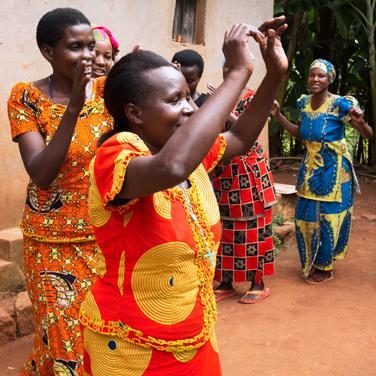Weavers of San Juan
Far across the pristine Lake Atitlan, sits the small little town of San Juan, home to an immensely talented group of weavers. Read more about the journey to get reach this tiny town in our journal post here.
Stepping off the boat into San Juan, it immediately feels different than other towns surrounding the lake. There is a cultural authenticity that has been preserved for generations. And this is not without deliberate efforts to keep it this way. Other towns on the lake have succumb to tourism, piling hostels and yoga retreats throughout the small pieces of land. But, not in San Juan. While this rustic town loves sharing its traditions with visitors during the day, its residents prefer to protect and preserve their ways of life at night, and do so by not providing vast accommodation options for visitors.
Among these residents preserving traditions is Vicente, the leader of the cooperative, and her fellow group of weavers. We met the group at Vicente’s home, tucked away behind the church of the main square, to get a little lesson in weaving. To begin the process, the weaver wraps one end of the loom around her back, and then takes the ends and ties it to a tree, about 8 feet away. Effectively, she is strapped to the tree as she begins to weave. Symbolically, this represents the woman being tied to her home and community, a representation in which the women of San Juan take much pride.
The cooperative uses natural materials such as avocado pits, coffee beans and tree roots, to produce the color of their dyes. First, they boil pieces of banana trees to create a “fixer” to help prevent colors from bleeding. Specifically, they demonstrated to us how the roots of a campeche tree, boiled down, could create a range of different colors depending on the ratio of solution, from a delicate lavender to deep violet. The dying process is just the beginning. Once the cotton dries, the yarn is warped and prepared for the loom, and the weaving begins.
While the modern age has threatened cultural traditions and family ties in cities big and small, Vicente and her women weavers have successfully prevented their families and artistic traditions from unraveling, by staying true to what is important to them. Vicente has five children, two of whom are daughters, that she has included in her efforts to preserve ancient cultural traditions, even during modern times. While education is the priority for her daughters, Vicente makes sure that time is still dedicated to learn the art of weaving.


Leave a Reply
Want to join the discussion?Feel free to contribute!